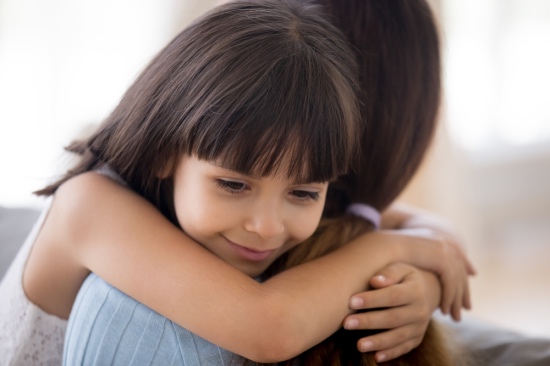
Few things in life are more heart-warming than watching a child express appreciation. A show of gratitude tells the giver this gift is effective at bringing joy to the recipient. It is a skill that children learn early on using interactive playtime and a positive reward system. Read on to discover the different ways that toys can be incorporated into teaching children to have a grateful heart.
Nice Manners show Gratitude
Isn't it amazing how wonderful hearing magic words like "please" and "thank you" make us feel? Children are taught to say these words as a means of requesting and showing appreciation for receiving something perceived as good, such as a compliment or a new toy. Unfortunately, it can be hard to remember to use these words, especially for young children. When you add a token toy as the reward for remembering to use these two words, children can quickly become more motivated to commit to saying "please" and "thank you" on a more frequent basis.
Saving for Rewards
While rewarding the use of nice manners with toys helps teach gratitude, parents often wonder how to go about making sure the behavior continues. One recommendation is to give smaller toys as rewards along with lots of praise at the beginning of the lesson while creating a chart that shows the use of these words daily to save up for a larger or more desired toy. Children often become more interested in accomplishing the requested task as the rewards become more exciting. By the time they have said the words enough to win their grand prize, they should feel confident in using "please" and "thank you" frequently in everyday life situations.
Teaching Value
Another perk in using this system is the ability to teach children that there is value in the toy they worked to receive. After all, if we receive everything we want exactly when we ask for it, an appreciation for what we receive can be difficult to perceive. However, if children have to wait, save their points they earn with their nice manners, and carefully determine what to spend those saved points on, then they gain confidence in their achievement while knowing this toy reward comes with a predetermined value. This value helps children discover why it is important to appreciate the toy and not just toss it on the floor because it may be a while before they can earn another one should this one break.
The Benefit to Immediate Gratification
Since learning to save for something bigger or more expensive is a great lesson in teaching value which in turn teaches gratitude for finally receiving the item, parents may feel less inclined to give in to immediate gratification with smaller toys to celebrate the little things. However, immediate gratification on occasion teaches children two things:
- I am on the right track with my behavior.
- I can ask because sometimes "yes" is the answer.
If a child is struggling with remembering to be thankful for what he receives or if he is new to learning to use nice words and actions like hugs that show appreciation, rewarding with a small toy can be an inexpensive way to celebrate the early victories and encourage children to continue trying. As for the second lesson regarding asking for what one wants, this too ties back to gratitude because you cannot appreciate what you are not given because you were too afraid to ask for it. Children need to find a voice in this world. Giving in on occasion to the nicely stated request of a child for a less expensive toy while waiting to save up for the larger toy can be one way to instill confidence and show children that asking for what one wants is important.
Role-Playing with Gratitude
Have you ever watched a child open gifts at a birthday party without looking happy or maybe without looking up at all? Sometimes, children may need a little practice expressing gratitude. Even when they receive gifts that are not the hottest selling toys that year, they still need to show appreciation for the gift and be thankful to the giver for thinking of them. This is where role-playing can be extremely helpful. Pretending to open randomly wrapped gifts using stuffed animals and baby dolls as the party guests who brought the gifts can teach children how their lack of enthusiasm can be hurtful to that guest.
On that note, animated toys like BiGiggles and Little Live Pet Songbirds can take the role-playing a step further to repeat back the words the child used when opening the gift. By allowing the child to hear how he or she sounds, it can help the child understand better why the chosen words may not sound appreciative. At this point, the child is ready to explore other responses that may be better received.
In short, toys may be used in a variety of fun ways to explain the art of appreciation to children. From teaching them to use appreciative words to adding value to something they want, toys can be instrumental in the development of this critical life skill. Stock up on your gratitude teaching toys today.
